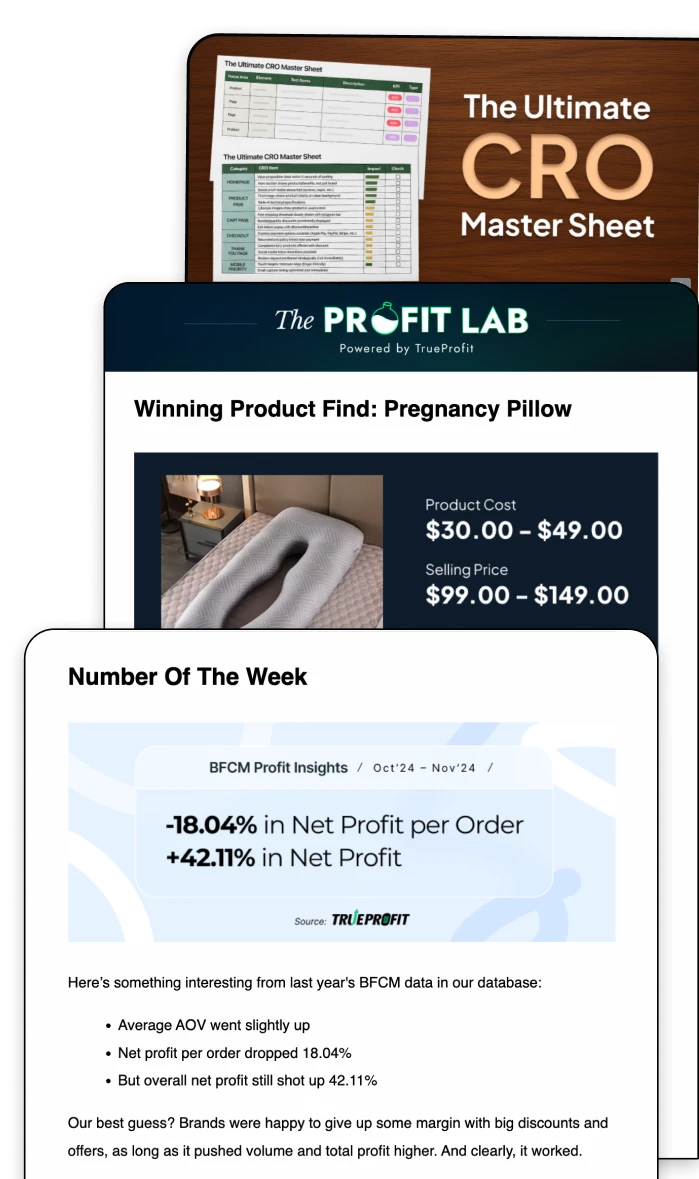Click Through Rate (CTR): Definition, Formula and Benchmarks
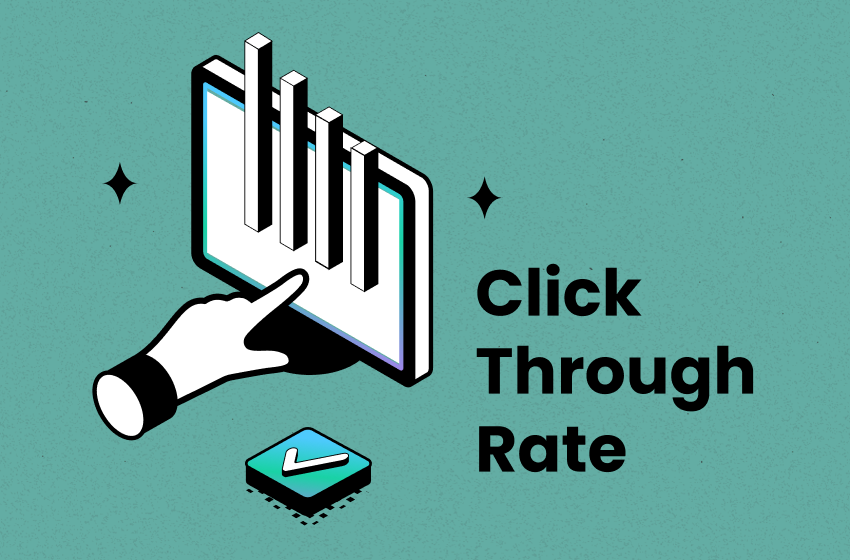
In performance-driven advertising, Click Through Rate (CTR) is more than just a metric—it’s a direct indicator of ad effectiveness, audience engagement, and cost efficiency. A high CTR means lower CPC, better ad placements, and higher conversion potential, whether you're running Google Ads, Facebook campaigns, email marketing, or SEO.
This article is tailored for advertisers, providing data-backed strategies to measure, analyze, and optimize CTR—so you can maximize campaign performance, ad spend efficiency, and ROI.
What is Click Through Rate (CTR)?
Click through rate (CTR) in advertising measures the percentage of users who click on a digital ad after seeing it. It is a key performance metric that evaluates the effectiveness of ad creatives, targeting, and overall campaign success.
CTR Formula is
For advertisers, a strong CTR signals effective messaging and targeting, while a low CTR suggests weak ad copy, poor audience fit, or low ad relevance.
How To Calculate Click Through Rate
To calculate the click-through rate (CTR), divide the number of clicks an ad receives by the total number of times it is shown (impressions). Then, multiply the result by 100 to express it as a percentage.
For example, imagine you’re running a Google Ads campaign for an online clothing store. Your ad appears 20,000 times in search results, and 400 people click on it. To calculate the CTR:
CTR = (400 ÷ 20,000) × 100 = 2%
This means that 2% of the people who saw your ad clicked on it. A higher CTR generally indicates that your ad is relevant and engaging, while a low CTR may suggest the need for better targeting, ad copy, or visuals.
Why Tracking Click Through Rate (CTR) Matters for Advertisers?
Monitoring Click-Through Rate (CTR) is vital for advertisers, as it directly influences ad performance, costs, and conversions. Here's why keeping a close eye on your CTR matters:
1. Enhances Ad Rank & Quality Score
CTR is a significant factor in determining your ad's Quality Score, which affects its position in search results. Studies have shown that CTR alone can explain up to 72% of the variations in Quality Score. (source: searchengineland.com). A higher Quality Score leads to better ad placements, increasing visibility and potential engagement.
Moreover, according to Backlinko, the #1 result in Google search gets 27.6% of all clicks, which indirectly means that a high CTR increases your chances of ranking higher on the SERP, ultimately leading to more clicks for your targeted queries.


First position in Google search gets the most clicks
2. Reduces Advertising Costs
A strong CTR contributes to a higher Quality Score, which in turn lowers your Cost-Per-Click (CPC). This means you pay less for each click, maximizing your advertising budget.
For example, improving CTR from 2% to 4% can increase your Quality Score by approximately 1.5 points, leading to reduced CPC. (source: wordstream.com)
3. Boosts Conversion Rates
Higher CTRs indicate that your ads are resonating with your audience, leading to increased website traffic and higher chances of conversions. While the exact impact varies by industry, a well-targeted ad with a high CTR is more likely to convert visitors into customers.
4. Identifies Ad Performance Issues
Monitoring CTR helps pinpoint underperforming ads. If an ad has a low CTR, it may indicate issues with ad copy, targeting, or design, allowing you to make necessary adjustments to improve performance.
5. Enhances Audience Targeting
By analyzing CTR across different demographics and platforms, you can refine your audience targeting strategies, ensuring your ads reach the most receptive viewers.
In short, tracking CTR is crucial for optimizing ad performance, reducing costs, and increasing conversions, making it an essential metric for any advertiser.
What is a Good Click Through Rate? (Industry Benchmarks)
CTR varies significantly based on industry and advertising platform. Understanding these benchmarks can help you gauge your campaign performance and identify areas for improvement.
1. CTR Benchmarks by Industry (Google Ads Search Network):
- B2B: ~ 2.41%
- E-Commerce: ~ 2.69%
- Finance & Insurance: ~ 2.91%
- Health & Medical: ~ 3.27%
- Technology: ~ 2.09%
Source: WordStream
2. CTR Benchmarks by Ad Platform:
- Google Ads (Search): ~3.8%
- Facebook Ads: ~1.63%
- LinkedIn Ads: ~0.74%
- Twitter Ads: ~1.64%
Source: Databox
If your CTR is below these averages, it might be a sign for you to optimize your campaigns.
How Advertisers Can Improve Click Through Rate?
Ads are a powerful way to promote your products or services online, but they can be expensive and competitive. To maximize your budget, you need to optimize your CTR. Here’s how:
- Use relevant keywords: Target keywords that match user intent. For example, instead of generic terms like “toys” or “dogs,” use “best dog toys” or “dog toys for chewers” to attract the right audience.
- Write compelling headlines: Make headlines engaging and value-driven. Instead of “Buy Dog Toys Online,” try “How to Keep Your Dog Happy with These Amazing Dog Toys.”
- Use high-quality images: Choose visuals that evoke emotion. A happy dog playing with a toy is more effective than a generic product shot.
- Include a strong CTA: Be clear and action-oriented. Swap “Learn More” for “Get 50% Off Today Only.”
- Test & optimize: Experiment with different headlines, images, CTAs, and formats using tools like Google Ads or Facebook Ads Manager to find what works best.
A well-optimized ad with engaging copy, relevant keywords, and strong visuals can significantly boost CTR and maximize your ad spend.


An ad with a catchy headline, relevant keywords, clear image, and concise CTA to boost CTR
What is CTR in Email Marketing?
Click-through rate (CTR) in email marketing measures the percentage of recipients who click on a link inside your email after receiving it. It helps marketers understand how engaging and effective their email campaigns are.
The formula for email CTR is:
For example, if you send 10,000 emails and 500 recipients click on a link, your CTR is 5%.
A higher CTR means your subject lines, content, and call-to-action (CTA) are resonating with your audience. To improve CTR for your email, focus on personalized subject lines, engaging email design, clear CTAs, and mobile-friendly formatting. As a bonus for you, the average email CTR varies by industry, but a good benchmark is between 2-5%. (Source: Campaign Monitor).
Final Words
Click-through rate (CTR) is a key metric for assessing the effectiveness of your advertising campaigns. By improving ad quality, targeting the right audience, and refining your strategies, you can increase engagement, reduce CPC, and drive more conversions.
However, while tracking CTR and other surface-level metrics is valuable, the true measure of success lies in understanding your actual profit—your net profit.
TrueProfit streamlines this process by delivering real-time, accurate profit and loss reports, eliminating the need for spreadsheets and guesswork. Unlike traditional analytics tools that focus on ROAS, TrueProfit empowers Shopify merchants to evaluate their marketing channels, products, and customers from the only perspective that truly matters—net profit.
Join thousands of Shopify businesses using TrueProfit for precise, automated profit tracking, and start making data-driven decisions that maximize your bottom line today!
Frequently Asked Questions
1. What is CTR?
CTR is the percentage of users who click on an ad, email, or link after viewing it. It’s a key performance indicator (KPI) for digital marketers.
2. What Is the Difference Between Click Through Rate and Conversion Rate?
CTR (Click-Through Rate) measures how often users click on an ad, email link, or search result after seeing it, indicating engagement. Formula: (Clicks / Impressions) × 100.
CR (Conversion Rate) tracks the percentage of users who take a desired action after clicking, such as making a purchase or signing up. Formula: (Conversions / Clicks) × 100.
While CTR shows interest, CR measures actual results. Optimizing both improves campaign success.
3. What is a good Click Through Rate (CTR)?
A good CTR depends on the platform:
- Google Search ads: ~3.8%
- Facebook ads: ~1.63%
- LinkedIn ads: ~0.74%
- Twitter ads: ~1.64%
4. What is a good CTR for Google Ads?
A good CTR for Google ads is around:
- Search Ads: 3-5%
- Display Ads: ~0.5%
- Shopping Ads: ~0.9%
5. What is a good CTR for Facebook Ads?
The average CTR for Facebook Ads is 0.90%, but anything above 1-2% is considered strong. (Source: Databox)
6. What is the average CTR?
Across all industries and ad platforms, the average CTR varies, but for Google Search Ads, it’s around 3.17% and for Facebook Ads, it’s approximately 0.90%. (Source: WordStream)
7. What is CTR in email marketing?
CTR in email marketing refers to the percentage of recipients who click on links in your emails. A good email CTR is 2-5%, depending on the industry and campaign type. (Source: Campaign Monitor)
8. Is a high CTR always good?
Not necessarily. If your CTR is high but conversions are low, you may be attracting unqualified traffic. Always track CTR alongside conversion rates and cost per acquisition (CPA) to ensure quality traffic.
Irene Le is the Content Manager at TrueProfit, specializing in crafting insightful, data-driven content to help eCommerce merchants scale profitably. With over 5 years of experience in content creation and growth strategy for the eCommerce industry, she is dedicated to producing high-value, actionable content that empowers merchants to make informed financial decisions.






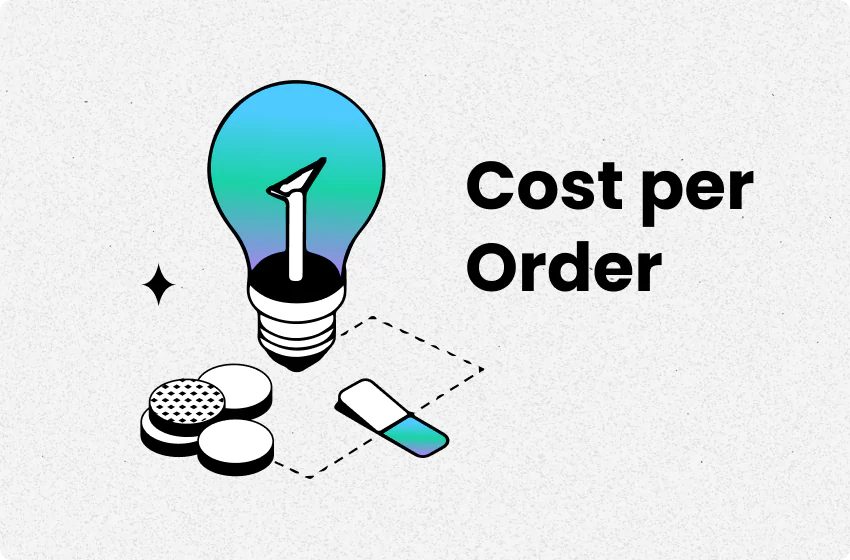
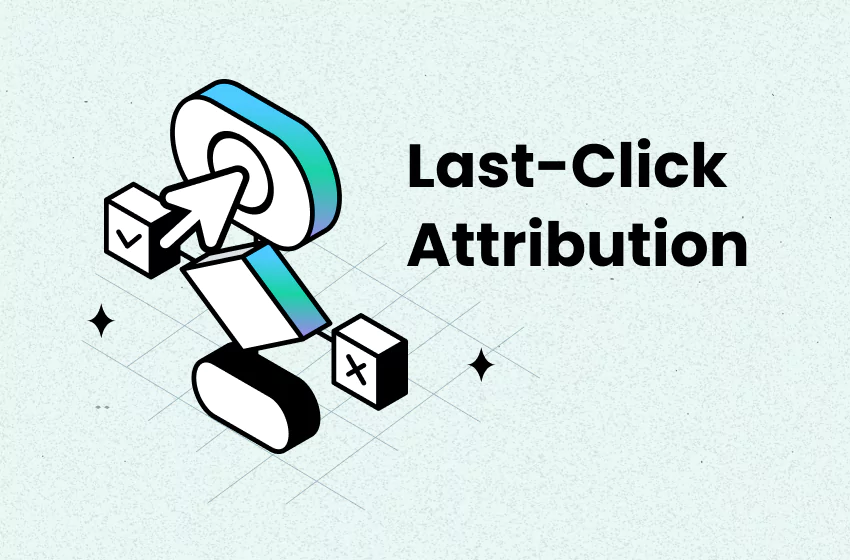

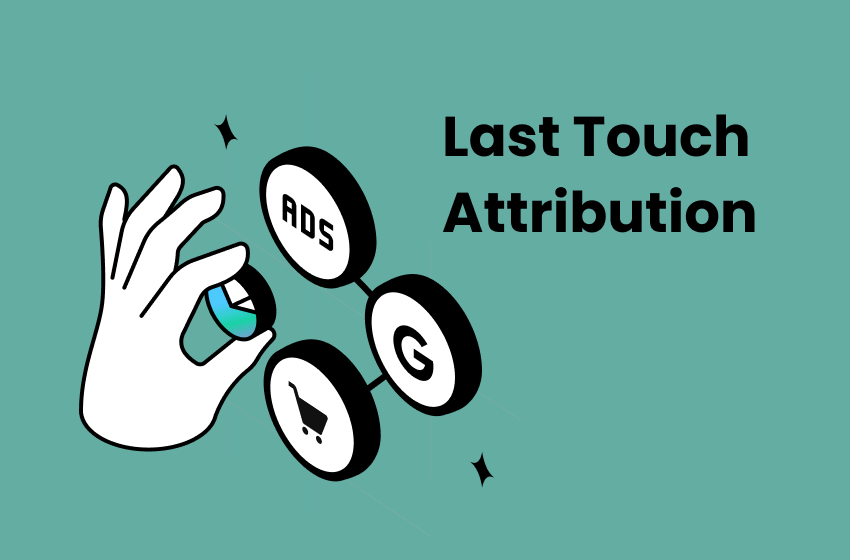
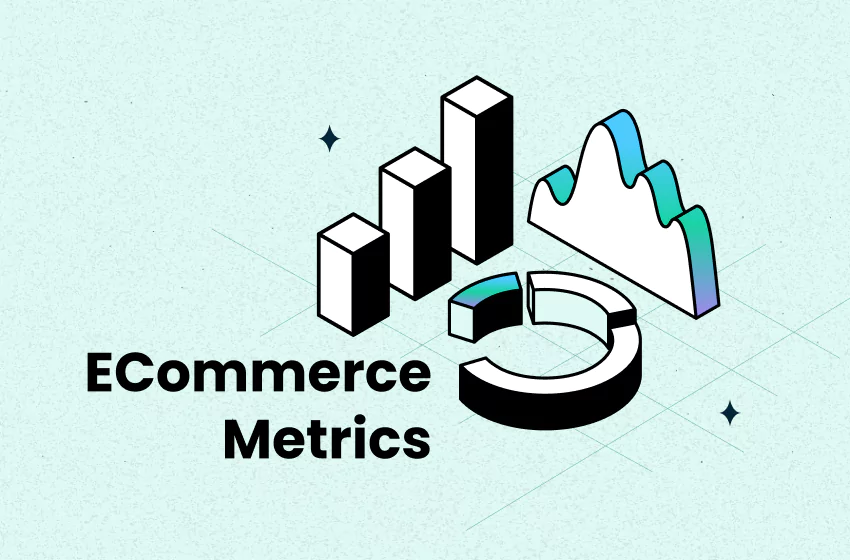

 Shopify profits
Shopify profits